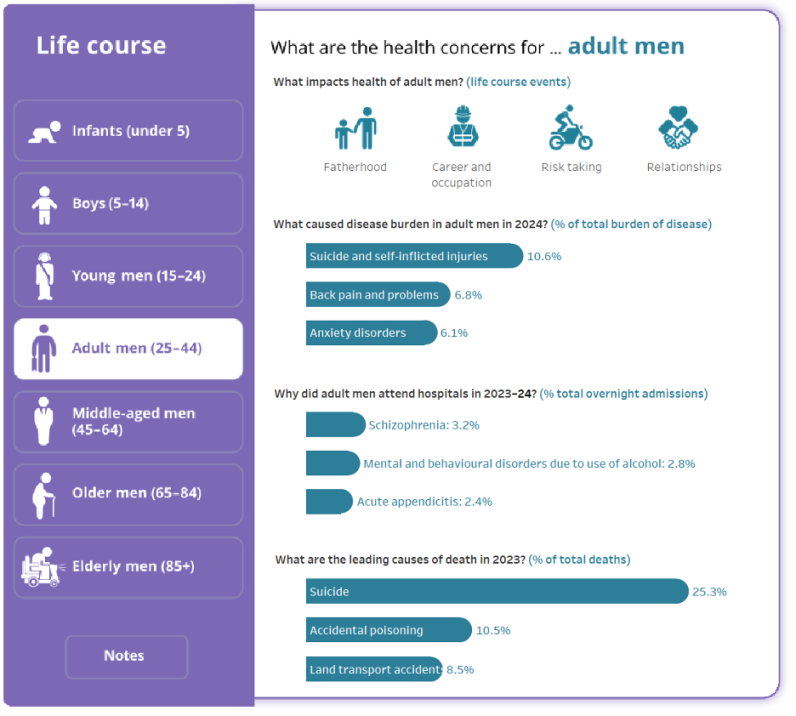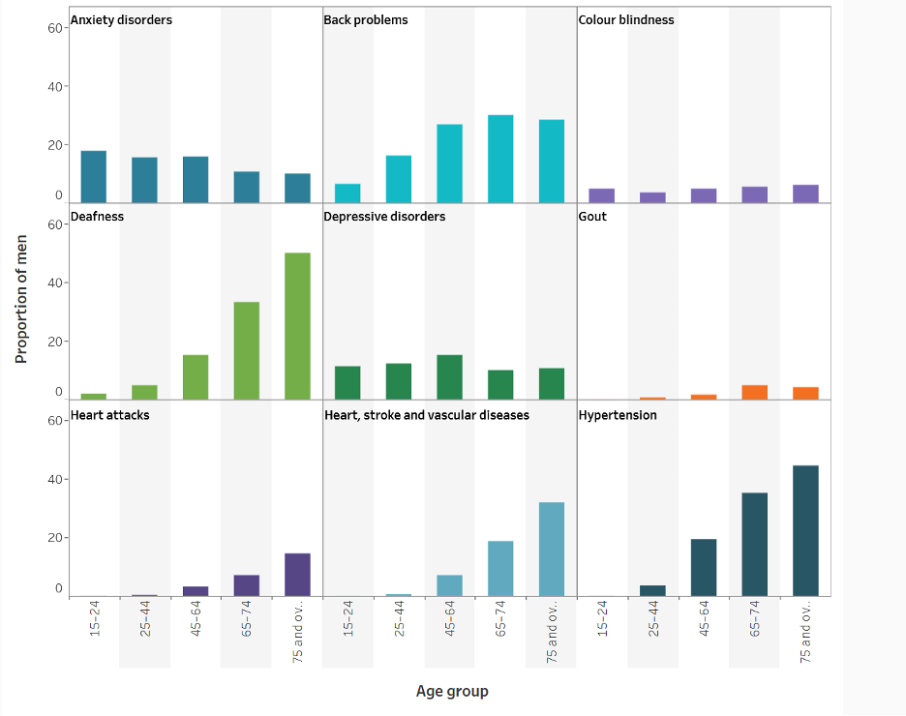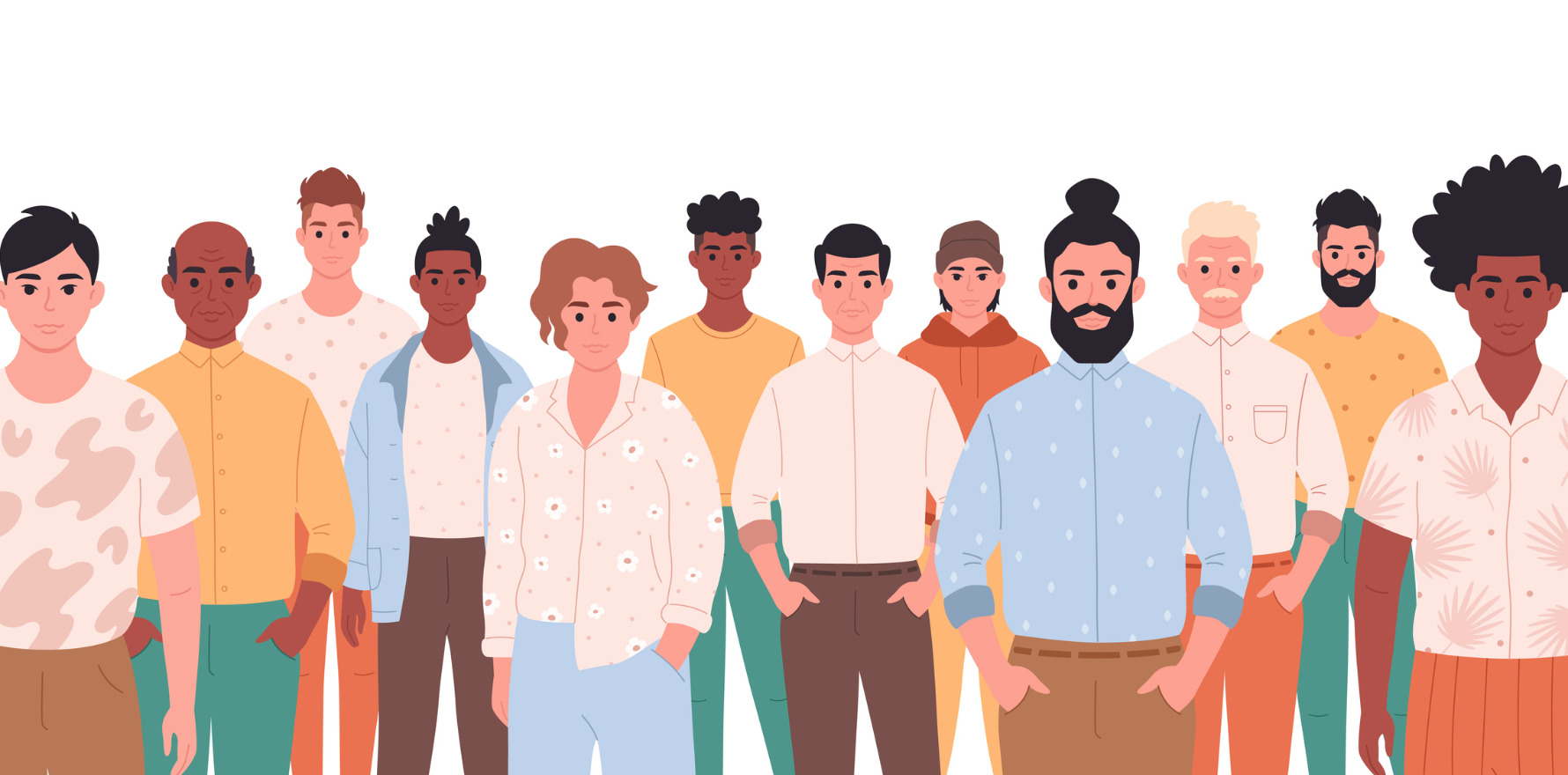On International Men’s Day, the AIHW has launched a new men’s health topic page linking to relevant data in its treasure trove of reports.
The AIHW’s new men’s health topic page, with a new web article, The Health of Men in Australia, points readers straight to the latest data from across the breadth of AIHW reports and articles on health issues affecting men.
The AIHW has launched the topic page to coincide with International Men’s Day, which is today (November 19).
Unlike International Women’s Day, International Men’s Day is not officially recognised by the United Nations, but it has been celebrated in a number of countries since 1999. The official Australian campaign is run by the peak body, Australian Men’s Health Forum, funded by the federal government since 2017.
But like IWD, confusion is caused by organisations attempting to hijack the day to further their own agenda (in this case, a conservative group reinforcing traditional gender norms).
The official theme of this year’s International Men’s Day in Australia is “Supporting Men and Boys”.
“Men have different biological, social, and cultural experiences compared to women, that can impact health throughout their lives,” the new AIHW topic page starts off.
“Overall, men are more likely to engage in risky health behaviours, experience higher rates of substance use, and face greater exposure to occupational hazards. Additionally, men are disproportionately affected by suicide, injuries, and some chronic conditions. These factors contribute to a higher burden of disease and earlier mortality compared to women.”
The AIHW web article, The Health of Men in Australia, has a wealth of information on men, from babies to senior citizens, and their health and wellbeing, with lots of handy infographics like this one:

Under “health status of men”, the article covers:
- burden of disease;
- long-term health conditions;
- cancer and participation in cancer screening programs;
- mental health;
- mortality;
- disability;
- overweight and obesity;
- dietary risks and physical inactivity;
- tobacco, alcohol and other drugs use;
- occupational health risks;
- violence;
- healthcare use;
- suicide;
- sexual and reproductive health; and
- injury and healthy ageing.
And you can even download the data tables for that article (here) for your own analysis.

The article goes on to cover:
- key health risk factors for men (biomedical, behavioural, environmental)
- men’s healthcare use (hospital and emergency presentations, health service use); and
- priority health concerns for men (suicide, substance use, sexual and reproductive health, injury, ageing).
The men’s health topic page contains an overview of data and reports related to the top five priority health issues in the National Men’s Health Strategy 2020–20:
- chronic conditions and preventative health (highlighting coronary heart disease, stroke and vascular disease; chronic musculoskeletal conditions, particularly gout and back problems; Type 2 diabetes; chronic respiratory conditions, COPD; chronic kidney disease; dementia; and lung and bowel cancer)
- injuries and risk taking (including injury causes; sports and specifically extreme weather sports; AOD; gambling; and family, domestic and sexual violence)
- Sexual and reproductive health (limited specific data in this area)
- Mental health and suicide (prevalence and types of mental health disorders; mental health scores and psychological distress in males; suicide and self-harm)
- Healthy ageing (health and social wellbeing; coronary heart disease; aged care)

The strategy, instigated by then health minister Greg Hunt and published in 2019, says: “Australian men generally enjoy better health and longer life expectancy than men in most other countries in the world. Yet, despite improvements, men in Australia on average have a shorter life expectancy than women, and die more often than women from preventable causes. The diversity amongst men and boys in Australia, as well as biological differences between males and females, contribute to these differences and to males experiencing poorer health outcomes in many areas.”
Its goal is “[t]hat every man and boy in Australia is supported to live a long, fulfilling & healthy life”.
And priority populations for the strategy are:
- Aboriginal & Torres Strait Islander males
- Males from socio-economically disadvantaged backgrounds
- Males living in rural & remote areas
- Males with a disability, including mental illness
- Males from CALD backgrounds
- Members of the LGBTI+ community
- Male veterans
- Socially isolated males
- Males in the criminal justice system
The AIHW uses the term “men” to refer at different times to sex or gender and to adult males, although the defined age range varies across reports.
Several articles related to men’s health and wellbeing have been updated in the last month and linked to on the topic page, including Health of Veterans, Gambling and Cancer Data.
You can also easily compare some health metrics for men against those of women through a fact sheet: “How does the health of males and females compare?” uploaded today.


